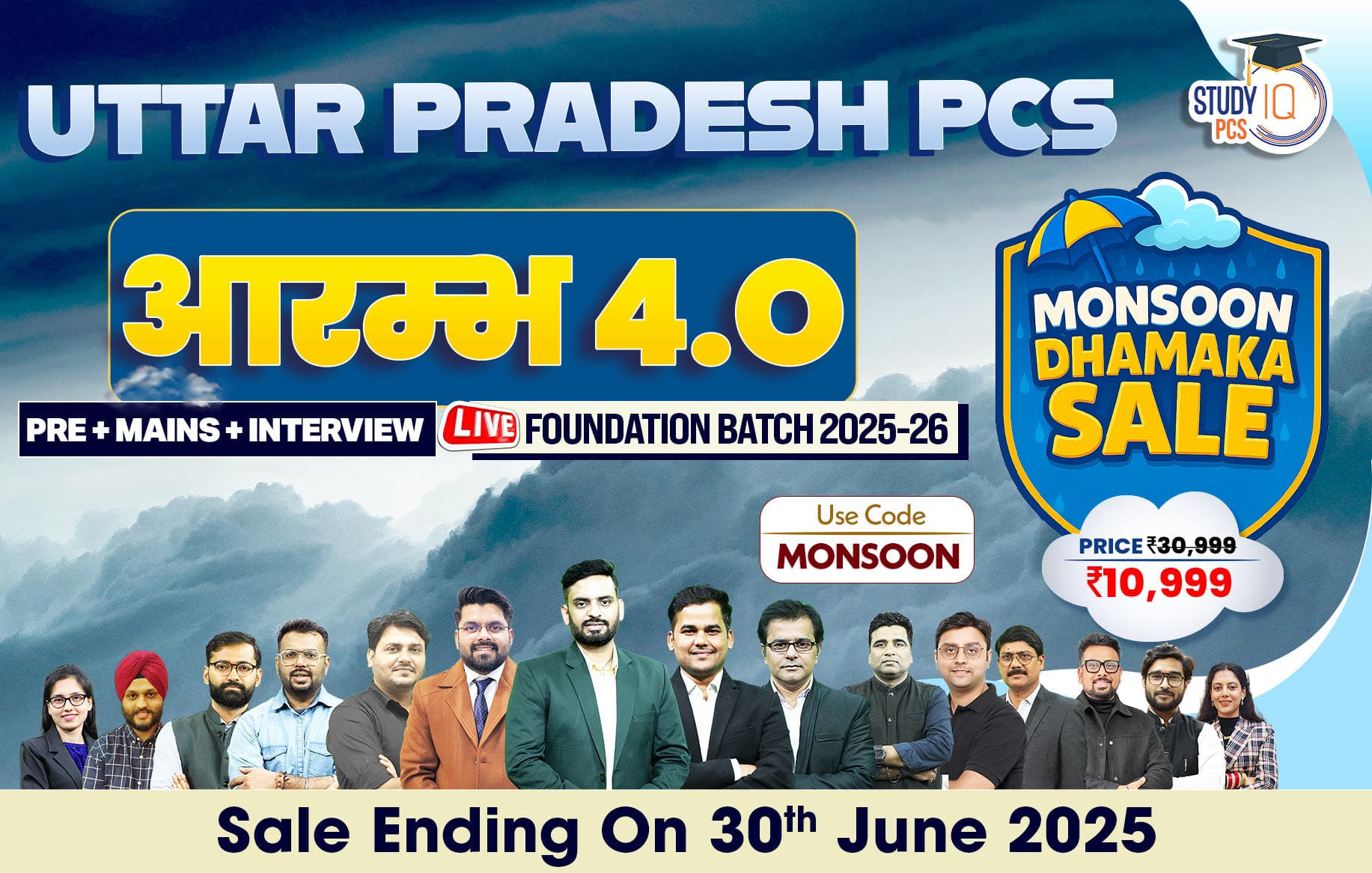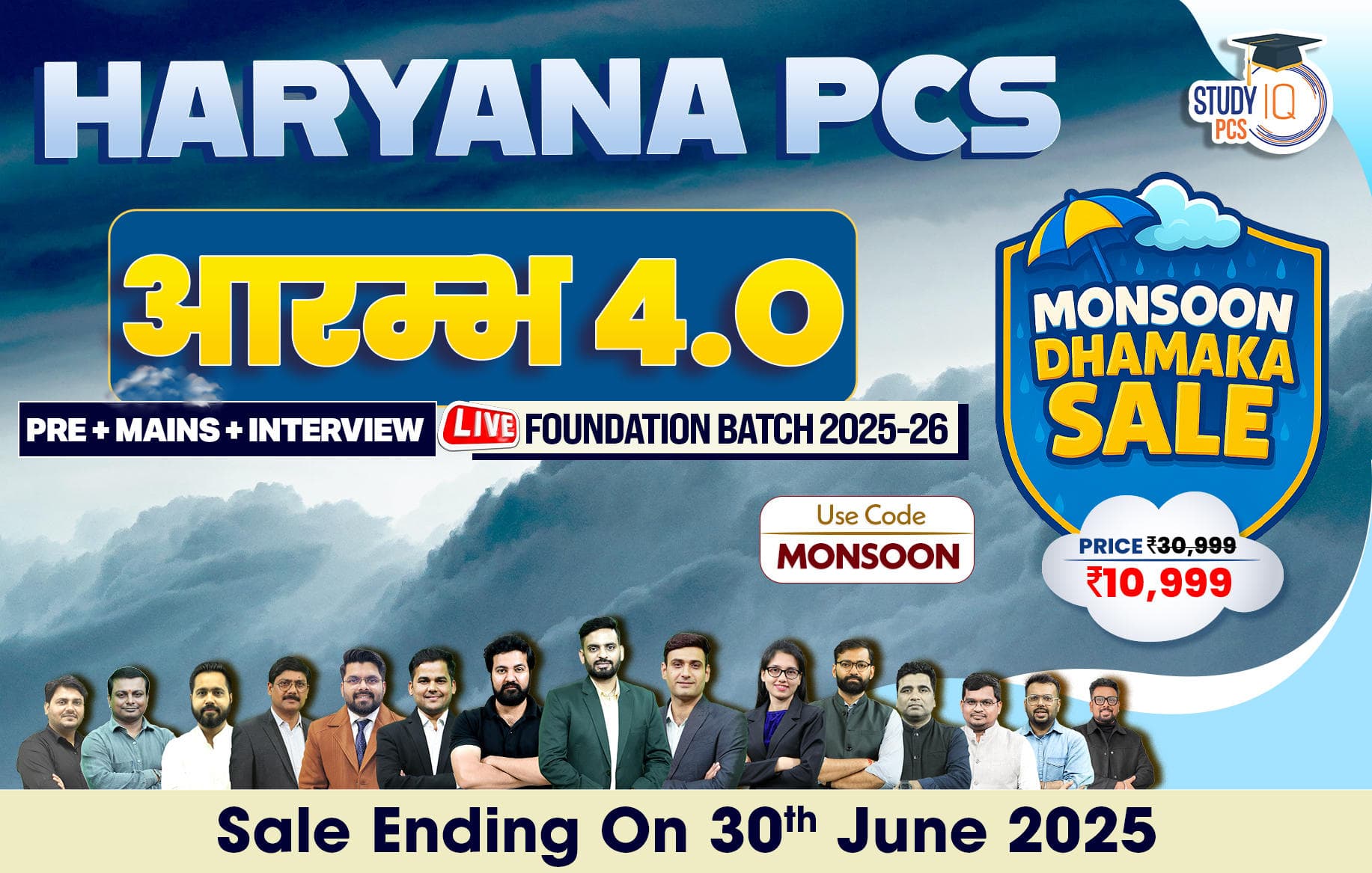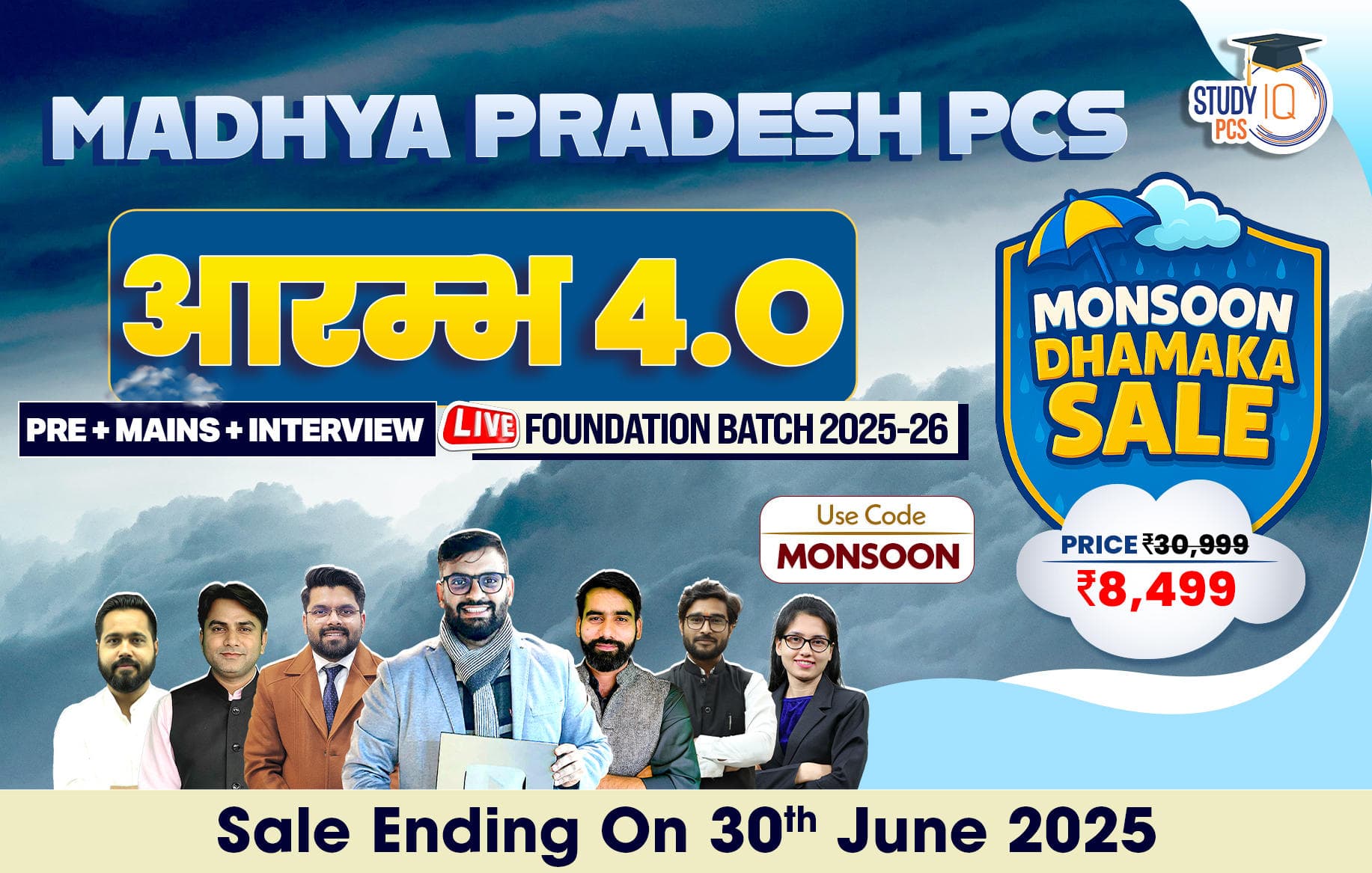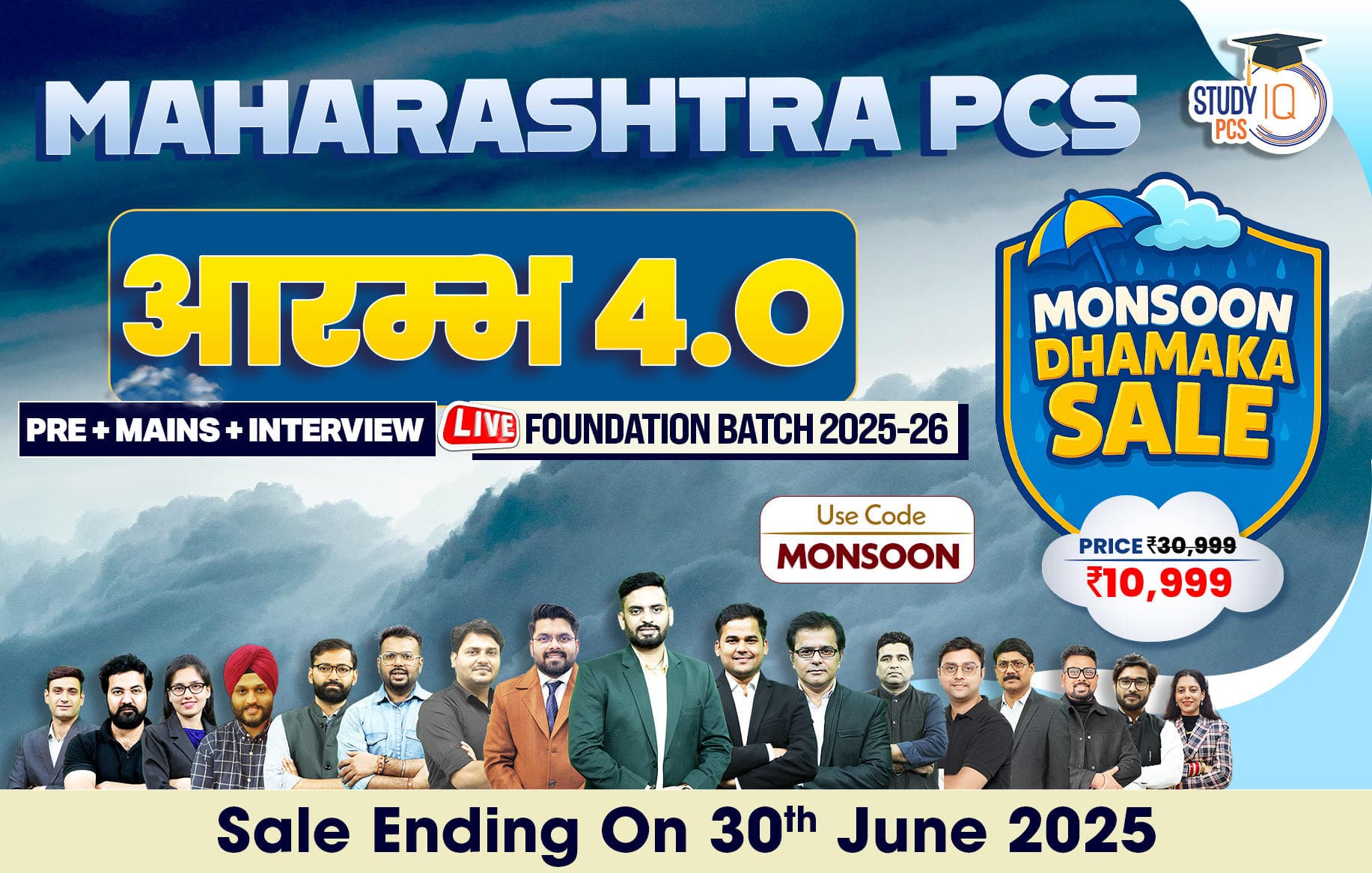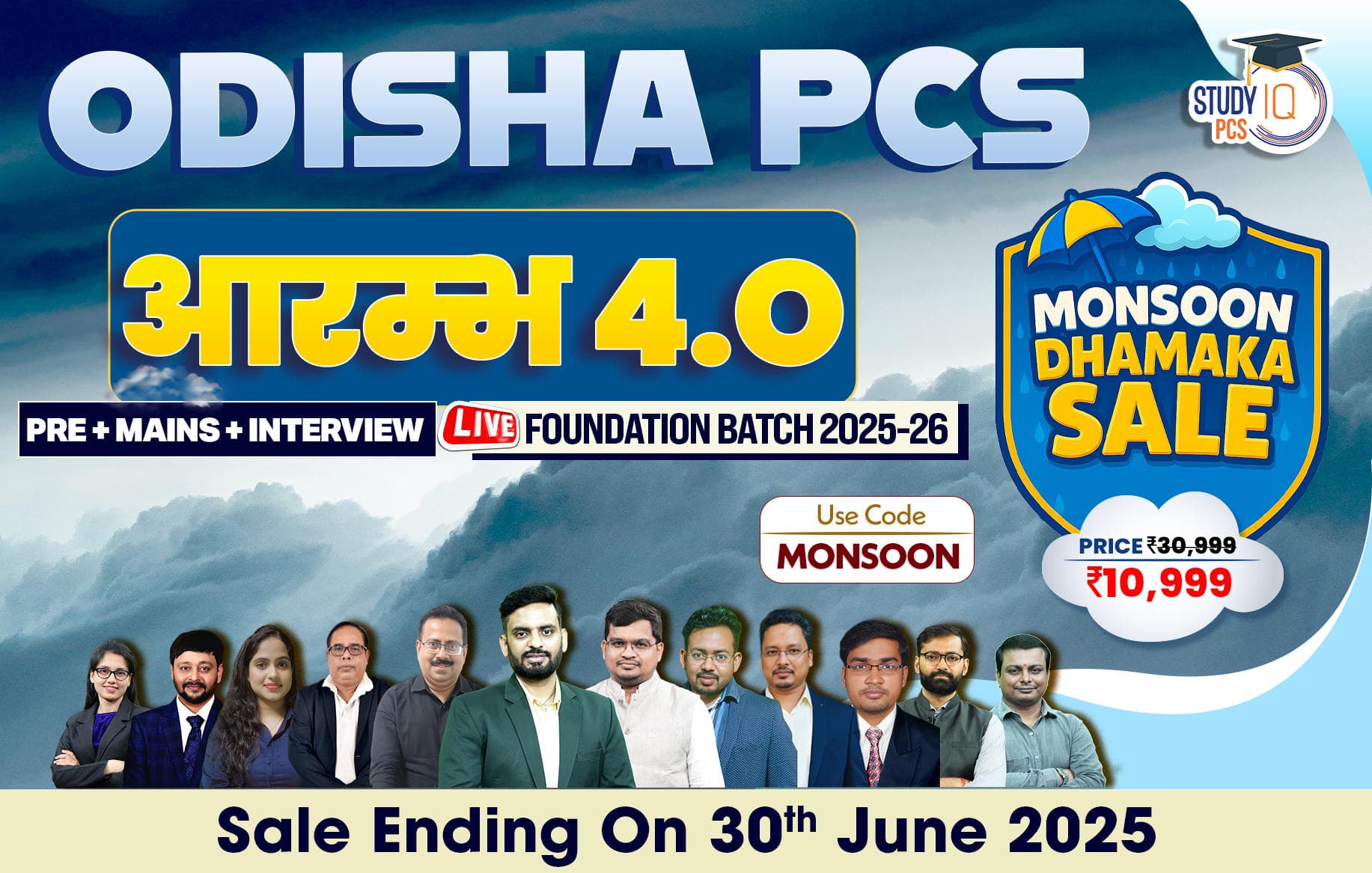| Subject |
Syllabus |
| Paper I: General Hindi and General English |
Hindi
- निबंध
- व्याकरण
- वाक्य विन्यास
- संक्षेपण
English
- Essay
- Grammar
- Comprehension
- Precis
|
| Paper-II: Language and Literature |
Candidates taking this paper may choose from the following languages and literature::
- Oriya Language and Literature
- Bengali Language and Literature
- Urdu Language and Literature
- Sanskrit Language and Literature
- English Language and Literature
- Hindi Language and Literature
- Santhali Language and Literature
- Panchpargania Language and Literature
- Nagpuri Language and Literature
- Mundari Language and Literature
- Kurux Language and Literature
- Kurmali Language and Literature
- Khortha Language and Literature
- Khadia Language and Literature
- Ho Language and Literature
|
| Paper III: Social Sciences, History and Geography |
History
- Ancient period
- The Indus Valley Civilization : Origin, antiquity, extent authorship and main features:
- Origin of the Aryans. Antiquity and stratification of the Vedic literature; Society, economy and religion during Early (Rig-Vedic) period.
- The Lichchavis and their republican constitution.
- The Rise of the Magadha empire.
- The Mauryas : Extent of empire, Kalinga War and its impact,
- Asoka’s Dhamma, Foreign Policy. Development of Art & policy,
- Architecture during the Mauryan period.
- The Kushanas : Kanishka : Extent of empire, His religious Development of Art, Architecture and Letters during the Kushana period.
- The Guptas Extent of empire; development of language and literature, art & architecture during the Gupta period.
- Harsha-Vardhan : The last great Hindu ruler of Northern India; cultural achievements during his period.
- The Cholas : Maritime activities in South-east Asian countries. Chulu administration, art & architecture.
- Cultural Achievements of the Paltavas.
- Medieval Period
- Invasion of Arab in India.
- Invasion of Ghaznavid in India.
- The Delhi Sultanate : Market and Military Reforms of Allauddin Khilji: Utoplan policies of Muhammad-bin-Tughlaq.
- Invasion of Mongol in India.
- Religious Movements : (a) Sufism, (b) Bhakti Movement.
- Dawn of a New-Islamic culture : Indo-Islamic architecture: Development of Urdu and Hindi languages.
- The Mughals : First Battle of Panipat: Achievements of Sher Shah Suri, Consolidation of Mughal empire; Establishment of Jagirdari and Mansabdari systems under Akbar, Akbar’s Religious and Rajput policies, Aurangzeb’s Religious and Rajput policies, Mughal Architecture and Painting Economic Condition during Mughal period.
- The Rise of the Marathas : Achievements of Shivaji, Northward expansion of the Marathas and their downfall.
- Modern Period
- Beginning of European settlements : Formation and growth of East India Company: Consolidation of British power in India Battles of Plassey and Buxar: Control over Mysore: Subsidiary Alliance;
- Doctrine of Lapse: Doctrine of Escheat.
- Resistance to Colonial Rule: Peasant; Tribal and Cultural Renaissance, Revolt of 1857.
- Social Reforms Movements in Hindu Community: Brahmo Samaj. Arya Samaj. Ramakrishna Mission, Prarthana Samaj and Theosophical Society of india. (xodi!) Social Reforms Movements in Muslim Community. Wahabi Movement & Aligarh Movement.
- Struggle for Raising Women’s status : Abolition of Sati System,
- Widow Marriage Act, Consent Bill, Stress on Female Education. xix
- Land Revenue Administration under the British rule : Permanent Settlement: Ryotwari & Mahalwari Systems
- Rise of Nationalism in India in the 19th century Formation of Indian National Congress : Moderates and Extremists: Swadeshi
- Movement, Home Rule League Movement Khilafat Movement.
- Mahatma Gandhi and Mass politics : Non Cooperation Movement
- Civil Disobedience Movement. Quit India Movement
- The partition of India and its consequences
- India After Independence: Integration of Princely states in Indian Union; Linguistic Reorganization of States; Non-aligned policy under Nehru and Indira Gandhi, Liberation of Bangladesh.
- History of Jharkhand
- Adi-dharma Le. Sarana cult of Jharkhand tribals;
- Concept of Sadan and emergence of Nagpuria language;
- Tribal Revolts in Jharkhand and Naionalist struggle:
- Birsa Movement,
- Tana Bhagat Movement, and (xxrv) Freedom Movement in Jharkhand.
Geography
- Physical Geography (General Principles)
- Origin and evolution of earth, interior of earth, Wegner’s Continental Drift Theory, Plate tectonics, Volcanoes, Earthquakes and Tsunamis
- Major types of rocks and their characteristics, evolution and
- characteristics of landforms in the Fluvial, Glacial, Arid and Karst regions
- Geomorphic processes, Weathering mass wasting erosion and deposition, soil formation. Landscape cycles, ideas of Davis and Penck
- Composition, Structure and Stratification of the atmosphere.
- Insolation, heat budget of the carth.
- Horizontal and vertical distribution of temperature, inversion of temperature.
- Air masses and fronts, Tropical and temperate cyclones (viit) Evaporation and Condensation: dew, frost fog mist and cloud, rainfall types
- Classification of climates, (Koppen and Thornthwaite). Greenhouse effect, global warming and climatic changes.
- Hydrological cycle, distribution of temperature and solicits in the oceans and seas waves tides and currents. ocean floor relief features
- Physical and Human Geography of India
- Structure, relief and physiographic divisions, Drainage Systems: Himalayan and the Peninsular.
- Indian monsoon, mechanism onset and retreat, climatic types (Koppen and Trewartha). Green Revolution and its impact on major crops of India. Food scarcity, Ibution, wild ife. conservation, biosphere reserves
- Major types of Soils. (ICAR classification) and their distribution. (xv) Natural Hazards: Floods, Droughts, Cyclones, Landslides.
- Soll degradation and conservation
- Population growth, distribution and density
- Age: Sex, ratto, rural-urban composition;
- Population, environment and development.
- Types of Settlements : rural and urban, Urban morphology, functional classification of urban settlements, Problems of human settlement in India.
- Natural Resources of India: Development and Utilization
- Land Resources General land use, agricultural land use. geographical condition and distribution of major crops, like. Rice, Wheat, Cotton, Jute, Sugarcane, Rubber, Tea and Coffee.
- Water Resources : Availability and utilization for industrial and other purposes, irrigation, scarcity of water, methods of conservation-rain water harvesting and watershed management, groundwater management
- Minerals and Energy Resources : Distribution and utility of (a) metallic minerals (iron ore, copper, bauxite, manganese). (b) non metallic and conventional minerals (coal, petroleum and natural gas). (c) hydro electricity and non conventional sources of energy (Solar, Wind, bio-gas). (d) energy sources, their distribution and conservation.
- Development of Industries : Types of industries, factors of industrial location, distribution and changing pattern of selected industries (Iron and steel, cotton textile. sugar and petrochemicals): Weber’s theory of industrial location-its relevance in the modern world.
- Transport, Communication and International Trade:
- Roads, railways and waterways.
- Bases of International trade, changing pattern of India’s foreign trade.
- Geography of Jharkhand and utilization of its resources.
- Geological history, landforms, drainage. climate. soil types and forests: agriculture and irrigation. Damodar & Suberna rekha valley projects, mineral resources of Jharkhand, their extraction and utilization
- Population: Growth, distribution, density, Tribal population and their distribution. Problems of Tribes and Tribal Development
- Plans; their customs, rituals, festivals etc. (avil) Industrial and urban development, Major Industries-Iron Steel and Cement; Cultage industries.
- A pattern of urban settlement and Pollution Problems
|
| Paper IV: Indian Constitution and Polity, Public Administration and Good governance |
Indian Constitution and Polity
- Preamble, salient features of the Indian constitution, Fundamental Rights and Duties, Directive Principles of State Policy
- Union Government (Executive and Legislature)
- Judiciary
- State Government (Executive, Legislature, Judiciary, Panchayats and Municipalities)
- Centre-state relations
- Special provisions relating to the administration of Scheduled Areas and Scheduled Tribal Areas.
- Emergency provisions of the constitution
- Election Commission of India
- Political parties and pressure groups
Public Administration and Good Governance
- Public Administration – Meaning, scope and significance
- Public and private administration
- Union Administration – Central Secretariat, Cabinet Secretariat, Prime Ministers Office, Planning Commission, Finance Commission
- State Administration- State Secretariat, Chief Secretary, Chief Ministers Office
- District Administration – Origin and development of the office of District Magistrate and Collector, changing role of the District Collector, the impact of the separation of the judiciary on district administration.
- Personnel Administration – Recruitment of civil services, Union Public Service Commission and State Public Service Commission, training of civil servants, leadership and its qualities, employees morale and productivity.
- Delegation, Centralization and decentralization of authority
- Bureaucracy – its merits and demerits, the role of bureaucracy in policy formulation and its implementation; nexus between bureaucracy and political executive; generalist versus specialist.
- Development administration
- Disaster Management- causes, mitigation, classification of disasters, immediate and long term measures.
- Good governance – Lokpal, Lokayukta, Central Vigilance Commissioner, grievance redressal, right to service act, right to information act, right to education act, consumer protection act, domestic violence against women (prevention) act
- Human Rights – concept, meaning, universal declaration of human rights, National Human Rights Commission, State Human Rights Commission, terrorism, social issues.
|
| Paper V: Indian Economy, Globalization, and Sustainable development |
Basic features of Indian Economy
- National Income – elementary concepts of national income, and methods of its calculation, example – GDP, GNP, NDP, NNP, GSDP, NSDP, DDP at constant and current prices, at factor cost etc
- Inflation – Concept, control of inflation, monetary, fiscal and direct measures.
- Demographic features
- Agriculture and Rural economy – green revolution, white revolution, rainbow revolution, WTO
- Industrial economy – policy initiative and changes
- Public finance – the scope of public finance, principles of public finance, taxation
- Public expenditure
- Budget
- Fiscal policy- centre and state fiscal relationship, the role of the finance commission
- Structure of Indian monetary and banking system in India.
- Indian Trade, Balance of Payment
Sustainable Development, Economic Issues, and Indian Development Strategy
- Meaning and measurement of Economic development; characteristics of underdevelopment, indicators of development: HDI, GDI, India’s HDI progress.
- Role of Foreign capital and technology in the growth of the economy
- Sustainable development – concept and indicators of sustainable development, economic, social and environmental sustainability, the concept of GDP
- Development status and issues pertaining to socially and economically marginalised sections, like ST, SC, religious minorities, schemes launched by Central/State Government.
- Poverty and Unemployment: Measurements and trends, identification of BPL families, Multidimensional poverty index.
- Food and nutritional security – trends in food production and consumption in India, the problem of food security, problems and issues of storage, procurement, distribution, import and export. Government policies, schemes, and programmes such as Public Distribution System, Mid-day meal schemes, and government policies for food and nutritional security.
Economic Reforms, Nature and Impact on Indian economy
- New economic reforms – Liberalization, Privatisation, Globalization, good understanding of International Finance Institutions like IMF, World Bank; World Trade Organisation
- Financial and Banking sector reforms, economic reforms, NABARD, RRB
- Globalization of Indian Economy – its positive and negative impacts on different sectors, issues of FDI and FII in India.
- Agriculture sector – Growth, Issues of subsidies and public investment in agriculture
- Industrial development and economic reforms in India – major changes in Industrial policy, its impact on industrial growth, the role of public sector enterprises in India’s industrialisation in post reforms period, disinvestment and privatisation of public enterprises.
The economy of Jharkhand – features, issues, challenges, strategies
- Economic growth and structure of Jharkhand’s economy, sectoral composition, growth in SDP, and per capita NSDP in the last decade, agricultural and industrial growth in Jharkhand.
- Demographic features of Jharkhand – population, growth, sex ratio, density, literacy, the composition of the workforce,rural-urban composition etc.
- Status of poverty, unemployment, food security, malnutrition, education, and health indicators in Jharkhand, major initiatives, issues of agricultural and rural development, major programmes and schemes, poverty alleviation programs, food security schemes.
- Land, forest and environmental issues in Jharkhand
|
| Paper VI: General Sciences, Environment & Technology Development |
Physical Science:
- Basic knowledge on system of units like MKS, CGS, SI
- Topics on Speed, velocity, gravity, mass, weight, force, impact, work, power and energy
- Covers topics related to solar system
- Concepts concerning sound, wavelength frequency, infrasonic and ultrasonic sounds characteristics and applications.
- Life Science:
- Concepts on the living world, cell-structure, its functions, diversity of organism, biomolecules cell reproduction
- Medallion inheritance, theories of the evolution of life on earth, including human evolution.
Agriculture Science:
- A good understanding of the agro-climatic conditions of Jharkhand, rainfall pattern and abiotic stresses in each zone.
- Knowledge of Food and horticultural crops of Jharkhand, understanding the need behind the diversification of crops, nutritional security due to the onset of climate change, the role of rainwater harvesting in improving the agricultural production, and fish farming.
- Candidates are required to have sound knowledge on Soil fertility, measures that are undertaken to improve soil health, concepts on organic farming, agroforestry, wastelands and, government schemes to help the farmers of the state.
Environmental Science:
- Measures that were taken by the Government of India to preserve the environment measures to tackle global environmental issues, air pollution, water pollution.
- Understanding of numerous environmental laws.
- Candidates knowledge on Biodiversity hotspots and threats to biodiversity hotspots.
Science and Technology Development:
- Indian Government policies concerning Nuclear technology, focus on global nuclear policies.
- Plans made by the Government to meet the energy demands of the country through various renewable and non-renewable sources of energy.
- A good understanding of the Indian Missile program, the space program.
- Knowledge of the latest developments in Information Technology challenges faced due to Cybercrimes.
|

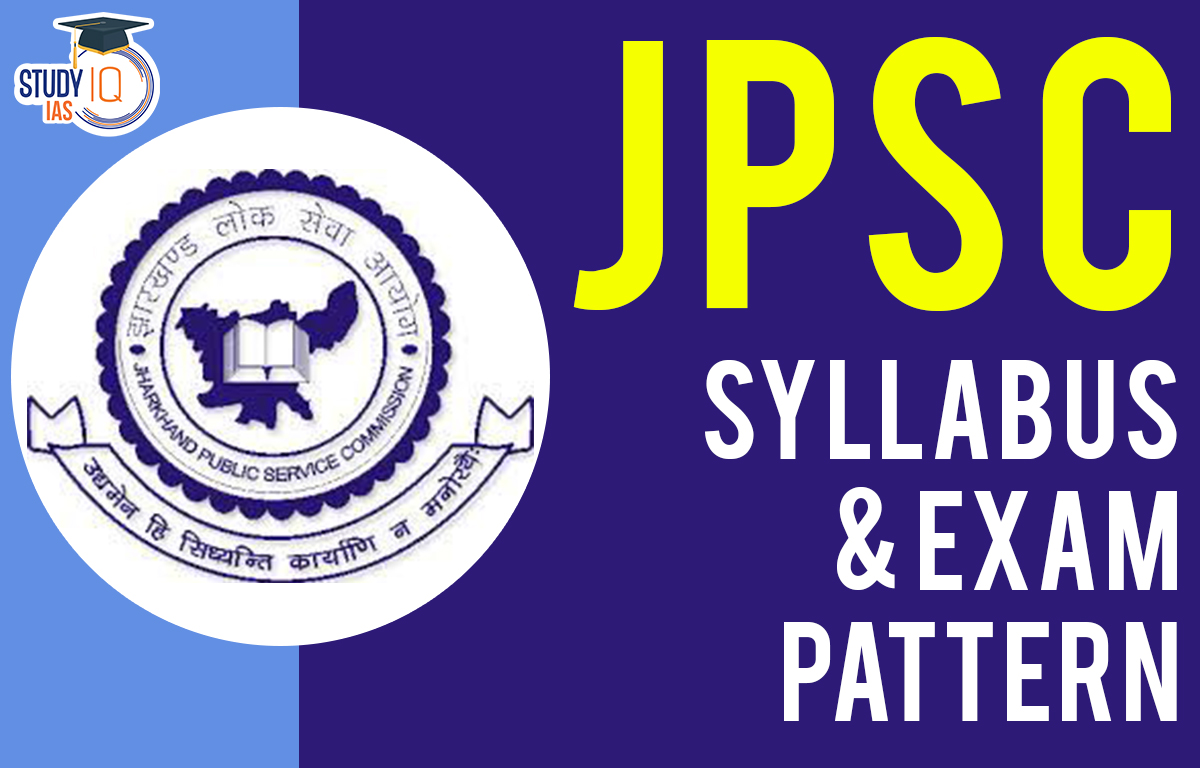
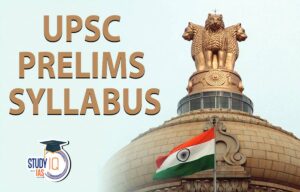 UPSC Prelims Syllabus 2025 PDF, Check Su...
UPSC Prelims Syllabus 2025 PDF, Check Su...
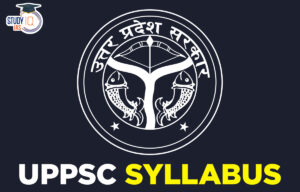 UPPSC Syllabus 2025 PDF, Check Prelims a...
UPPSC Syllabus 2025 PDF, Check Prelims a...
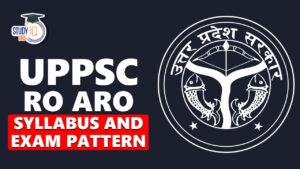 UPPSC RO ARO Syllabus 2025, Check Prelim...
UPPSC RO ARO Syllabus 2025, Check Prelim...
